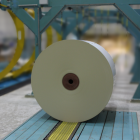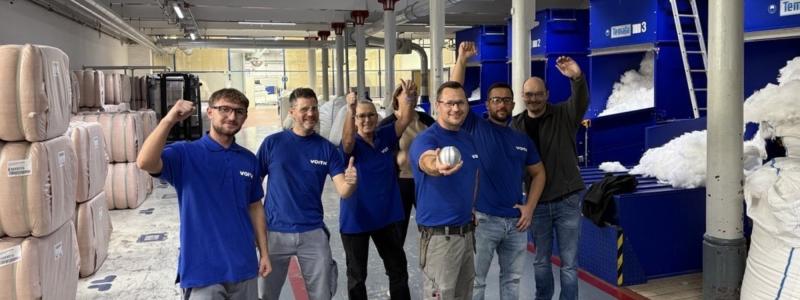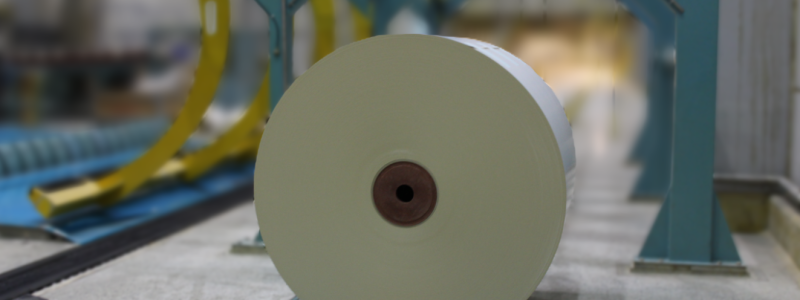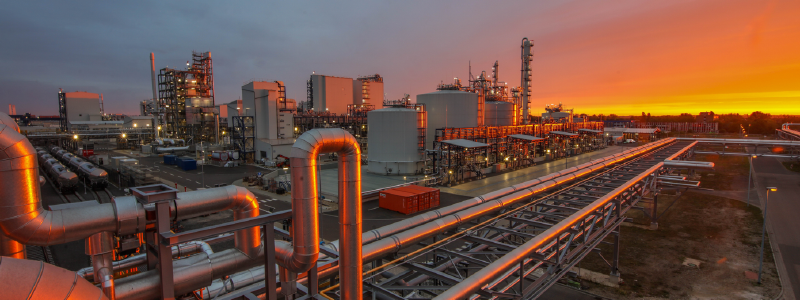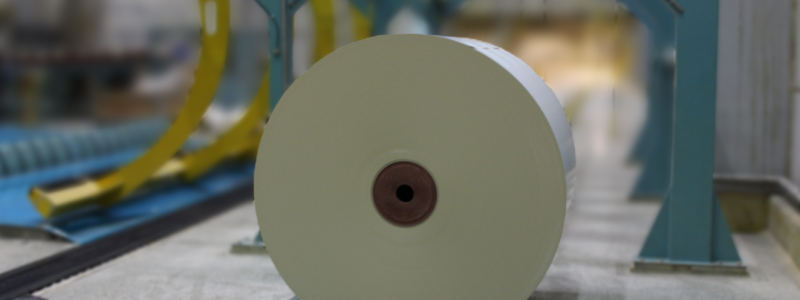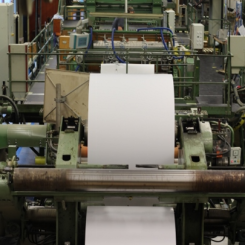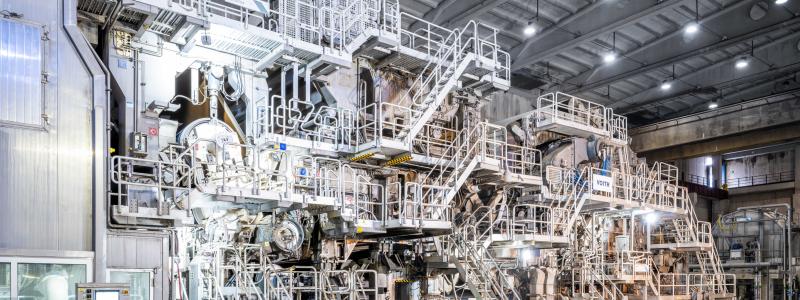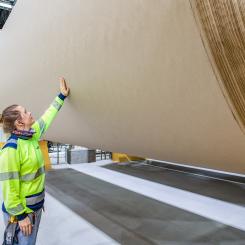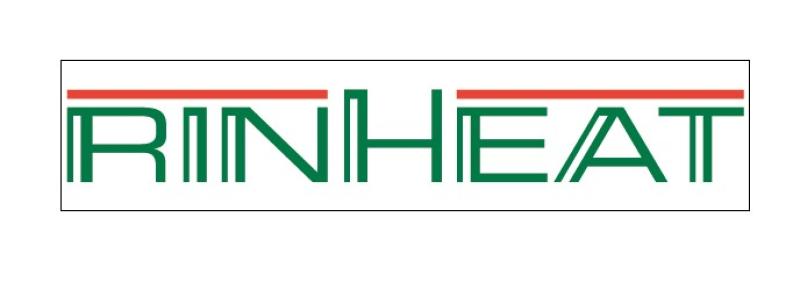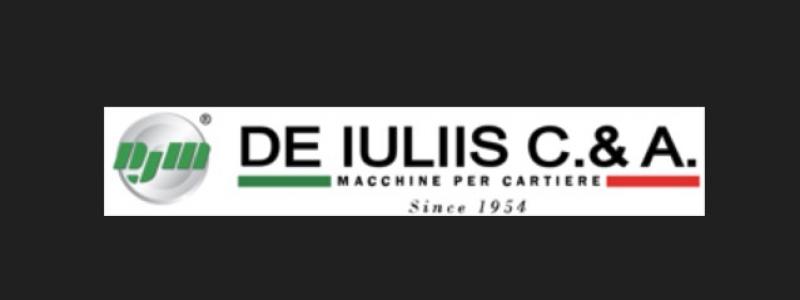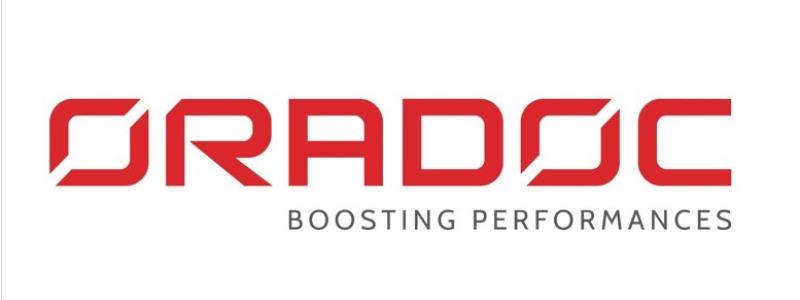IVL Swedish Environmental Research Institute has developed a method to calculate the average Carbon Footprint of cartons sold in Europe. This detailed study was commissioned by ECMA (European Carton Makers Association) and supported by Pro Carton.
Carbon sequestration in the forest is a major focus of the study. By relating the carbon benefits of the natural raw material (wood fibres from sustainably managed forests) to cartonboard packaging, the study presents both emissions of greenhouse gases and removals of carbon dioxide from the production and use of cartons – adding to the debate about climate change.
In a key conclusion, IVL suggests that due to demand for cartons from the market, 730 kg of biogenic carbon per average tonne of cartons in Europe is removed from the atmosphere through net sequestration in managed forests: -730 kg biogenic CO₂ / tonne cartons.
The IVL study complements the Pro Carton report which measured the amount of carbon dioxide equivalents emitted from fossil fuels used by the industry (cradle-to-gate) : a figure of 964 kg / tonne fossil CO2 equivalents emissions from an average tonne of cartonboard produced and converted.
There is currently no agreed way to include forest carbon in the carbon footprints of forest-derived products such as cartons, and this report significantly advances the on-going debate.
It proposes an assessment method for the net sequestration of biogenic CO₂ in the forests where roundwood used for cartonboard production is harvested. The study suggests a link between carton consumption and net carbon sequestration in sustainably managed forests : consumer demand for cartons stimulates demand for timber (wood fibre to make cartonboard) which in turn encourages the sustainable management of forests and carbon sequestration.


